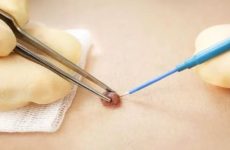The human papillomavirus is a very common pathology, more than 80% of the population of our planet is infected with it. Currently, scientists know about 100 genotypes of this organism, and only 80 of them have been studied thoroughly.
30 types of papillomavirus are considered oncogenic, and can cause the development of cancer.

Содержание:
Is it possible to completely cure papillomas, condylomas in women and men?
You can permanently get rid of the papilloma virus only at a young age, up to about 25 years. However, even in this case, a complete cure was recorded only in 80% of cases.
Elimination – complete cleansing of the human body from the virus – is possible with a combination of strong immunity, immunocorrect therapy and mechanical removal of growths.
In older people, it is no longer possible to completely cure the virus, as the immune system does not work at full strength.
I must say that HPV is an immune-dependent virus, and, unfortunately, there is no medicine that could remove it from the human body. But this does not mean at all that after 25 years it is not necessary to carry out therapy.
Therapeutic measures in this case are aimed at inhibiting the activity of the pathogenic microorganism, stopping negative symptoms, as well as stimulating the immune system. See also how HPV is treated in men, drugs, scheme .
What you need to know about types of virus
Scientists divided the papilloma virus into types so that it was possible to predict what symptoms it would cause, and what treatment tactics would be appropriate to choose.
Distinguish:
- Non-oncogenic group – viruses that are included in this group provoke the appearance of growths of various shapes on the skin. These are the following strains – 1, 2, 3, 4, 5, 7, 10, 12, 14, 15, 17, 19, 20, 21, 22, 23, 24, 26, 27, 28, 29, 57.
- Viruses with a low oncogenic index – 6, 11, 42, 43, 44 , 53 , 54, 55. The first two strains most often provoke genital warts of the cervix. Despite the fact that the oncogenic risk is low, it is still better to remove these formations immediately.
- Viruses with an average oncogenic risk – 31, 33, 35, 52, 58. Type 31 is most often diagnosed , it provokes the appearance of smooth nodular neoplasms on the mucous membrane of the external genitalia. At first, these are benign neoplasms, but then they can transform into malignant ones. At the initial stages of diagnosis, immunostimulating therapy can be quite effective.
- Viruses with a high oncogenic risk – 16, 18, 36, 39.45, 51, 56, 59 , 68. The most common are 16, 18, and 51 strains. All of them cause a precancerous condition and should be urgently treated.

What types of virus can be completely cured
As already mentioned, not a single strain of the virus can be completely cured. With the exception of treatment at a young age.
In all other cases, if the virus is present in the body, it will remain in it forever, but its manifestations can be blunted, and there are various methods for this.
In what cases is it possible
In order to get rid of or mute the virus in the body, it is necessary to strengthen the immune system. Good immunity suppresses the activity of the pathogenic agent, and it does not manifest itself in any way. But, as soon as the immune system weakens, the virus begins to become active again, and negative signs of HPV appear.
Thus, in order to reduce the activity of the virus, it is necessary:
- remove existing neoplasms;
- take antiviral drugs;
- conduct immunostimulatory therapy.
Sometimes the elimination of HPV is possible when switching to proper nutrition, getting rid of bad habits, changing hormonal status – adolescence, pregnancy, menopause.
Medical therapy
Treatment for papillomavirus infection includes:
- mechanical removal of skin growths;
- taking medications;
- folk remedies .
Treatment is usually complex. Also read how HPV drugs are treated .
We treat with physical methods
These methods consist in physical impact on the affected area of the skin, as a result of which the pathological tissue is destroyed, but regardless of which method was used, a relapse is not excluded.
The following methods are currently available:
- surgical excision – the neoplasm is excised with a scalpel;
- electrosurgical excision . This may be electrocoagulation, fulgation, electroacoustics, electroexcision; laser excision;
- cryotherapy – freezing the neoplasm with liquid nitrogen.
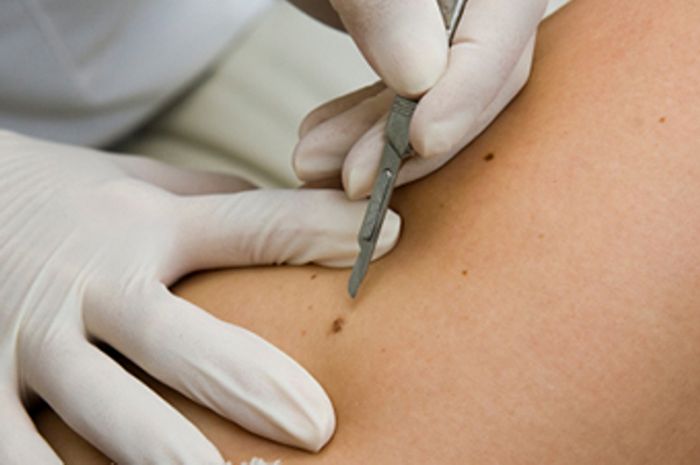
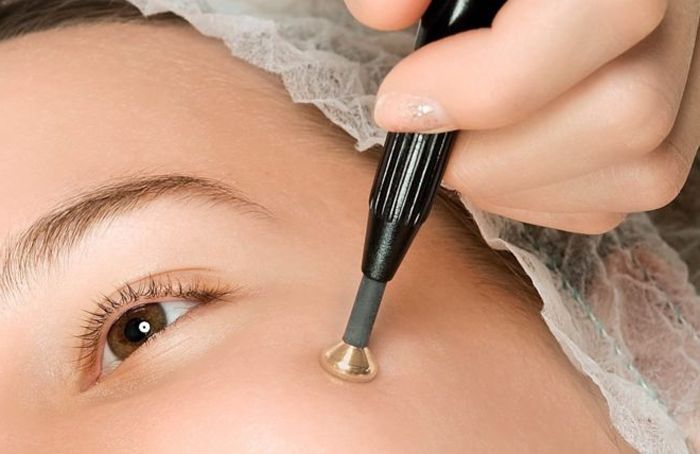
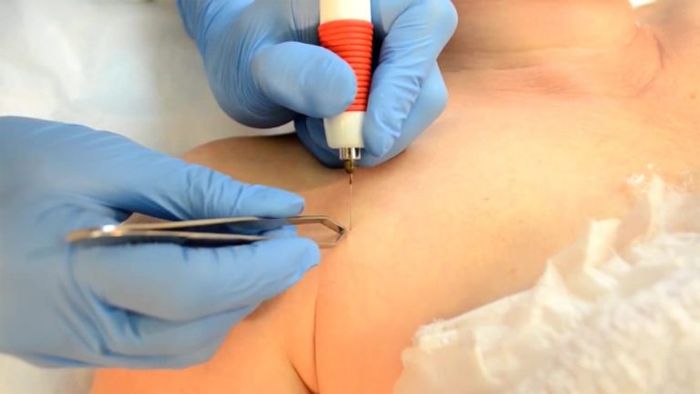
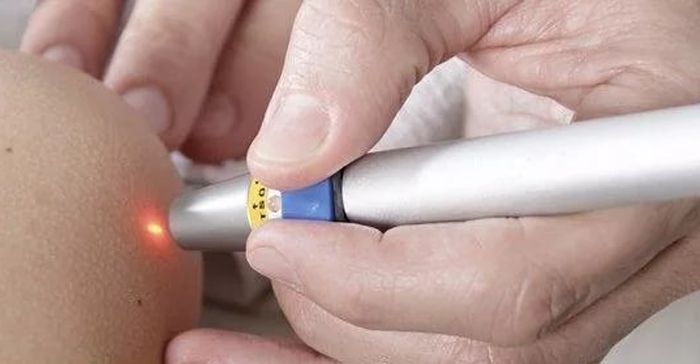
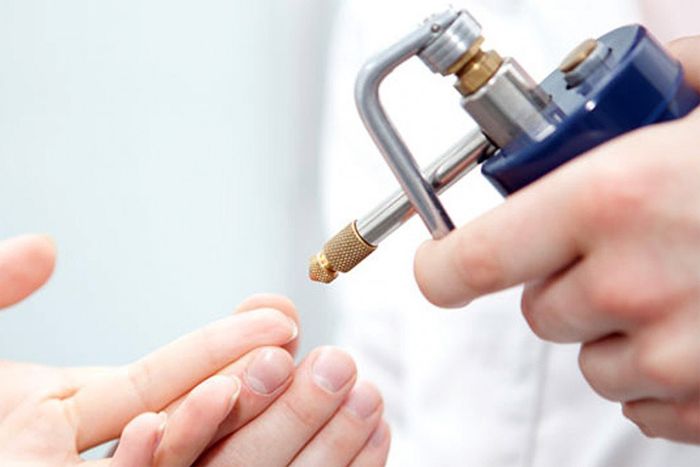
Remove with pharmaceutical preparations
Just removing the neoplasm from the skin is not enough, it is necessary to reduce the activity of the virus, this can be achieved using the following drugs:
- Isoprinosine is an antiviral agent that blocks the reproduction of the virus. This drug cannot completely get rid of the virus, but the exclusion of relapses for a long time is quite within its power. To obtain the effect, 3 courses of 3-4 weeks are recommended. There should be a monthly break between courses. Groprinosin has a similar effect.
- Cycloferon is a drug that stimulates the body to produce its own interferon, a substance necessary to suppress the activity of HPV. Antiviral drugs can be addictive, so you should consult a doctor before using them.
- Allokin Alfa is a combination of immunomodulatory and antiviral effect. Available in the form of ampoules for injection.
- Likopid is an immunostimulant that not only improves immunity, but also enhances the effect of taking antiviral drugs. Tablets are taken 3 times a day for 2 weeks. In total, 2-3 courses are required, with a break of 10 days.
- Polyoxidonium – contains antioxidants, removes free radicals, stimulates the immune system.
- Panavir – can be produced in the form of suppositories, ointments and solutions for intravenous administration. An antiviral drug that can be used for all types of papillomas.
- Viferon is a synthetic analogue of human interferon, allowed for children from 3 years of age. Available in the form of ointment and rectal suppositories.
- Oxolinic ointment – used for local treatment of affected areas of the skin. The course of treatment is 2-4 weeks.
- Betadine – has an immunomodulatory and antiviral effect. It is mainly used to treat genital and anal papillomas.
Be sure to read the material on the topic: how is the treatment of papillomavirus infection in women, drugsthat really help in the fight against infection.
Getting rid of folk remedies
To get rid of papilloma folk remedies, various cauterizing agents and poisonous plants are used, so it is very important to be careful and apply funds only to the neoplasm, avoiding contact with healthy tissue.
The most common are the following methods:
- Acetic essence – a 70% solution is used, which is applied to the neoplasm in the amount of 1 drop with a glass rod. The procedure is carried out 1 time per day for a week.
- Iodine solution – iodine solution is dripped onto the wart twice a day. The course of treatment is 2 weeks.
- Ammonia – a cotton swab is moistened in a solution, and pressed against the neoplasm for 5 seconds. The procedure is carried out 1 time per day for a week.
- Celandine – the neoplasm is smeared with the fresh juice of this plant. The course of treatment is 3 weeks, it is necessary to lubricate the neoplasm 3 times a day. The plant is poisonous – keep out of the reach of children!
- Essential oil of wormwood – spot applications are carried out three times a day.


Destructive removal methods
It is possible to remove papillomas in destructive ways both at home, of course, after consulting a doctor, and in a clinic.
Since it is impossible to control the depth of exposure of cryopreparations at home, it is better not to use them to remove papillomas in the genital area and face.
Freezing pharmaceutical products:
- Wartner Cryo is a German-made aerosol. The set includes 12 applicators and a nail file to remove the coarsened layer. After applying the drug to the neoplasm, a cold burn is formed, it is forbidden to break the bubble, and also remove its crust. It will take 2 weeks to remove the papilloma.
- Krofarma is a Russian analogue of the previous remedy. The only difference is the price.
In the clinic, the following drugs are used:
- Verrukatsid – during the procedure, the specialist must carefully monitor that the product does not get on healthy skin. This drug is most often used to remove plantar papillomas.
- Freazol is a very aggressive drug that is prohibited for the removal of papillomas for children under 7 years of age.
What to do after?
After the skin growths are removed and the necessary treatment has been successfully carried out, it is necessary to make lifestyle adjustments. This is the only way to prolong the remission stage.
Healthy lifestyle
A healthy lifestyle is an opportunity to prevent / get rid of various ailments, and HPV is no exception. Proper nutrition, getting rid of addictions, feasible physical activity strengthen the immune system and help reduce the activity of the papillomavirus.
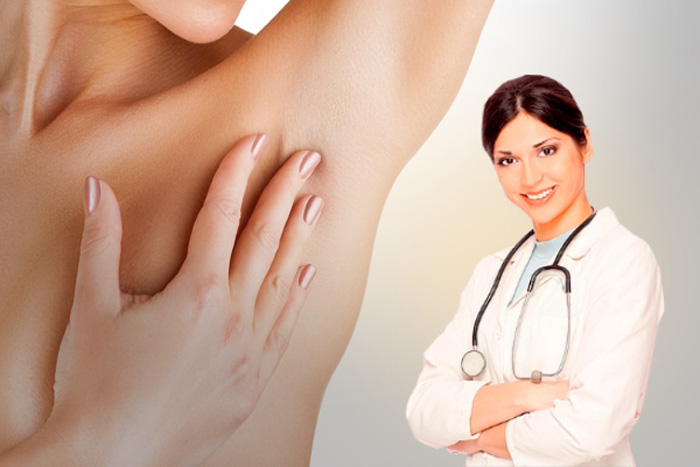
Diet
Principles of proper nutrition in the presence of papillomavirus:
- a sufficient amount of liquid;
- proteins and natural carbohydrates;
- vitamins and microelements;
- moderate fat intake.
Foods that boost the immune system:
- yellow, orange and red fruits;
- seafood;
- dairy products;
- honey and bee products;
- garlic;
- broccoli and cauliflower;
- ginger;
- rose hip;
- autumn berries.
Sports and active activities
Everyone knows that physical activity strengthens the immune system. As a prevention of HPV recurrence, it is recommended to go in for swimming, yoga, walk more in the fresh air, in winter, dressed for the weather, walk in the forest belt, go skiing, and so on.
What to do if the virus cannot be eliminated?
If it is impossible to permanently get rid of HPV, it is necessary to come to a consultation with a specialist every six months, take tests and take a course of anti-relapse therapy. If you keep the activity of the virus under control, it can remain in a latent state until the end of a person’s life. Read also human papillomavirus infection, treatment drugs , a review of effective drugs.



